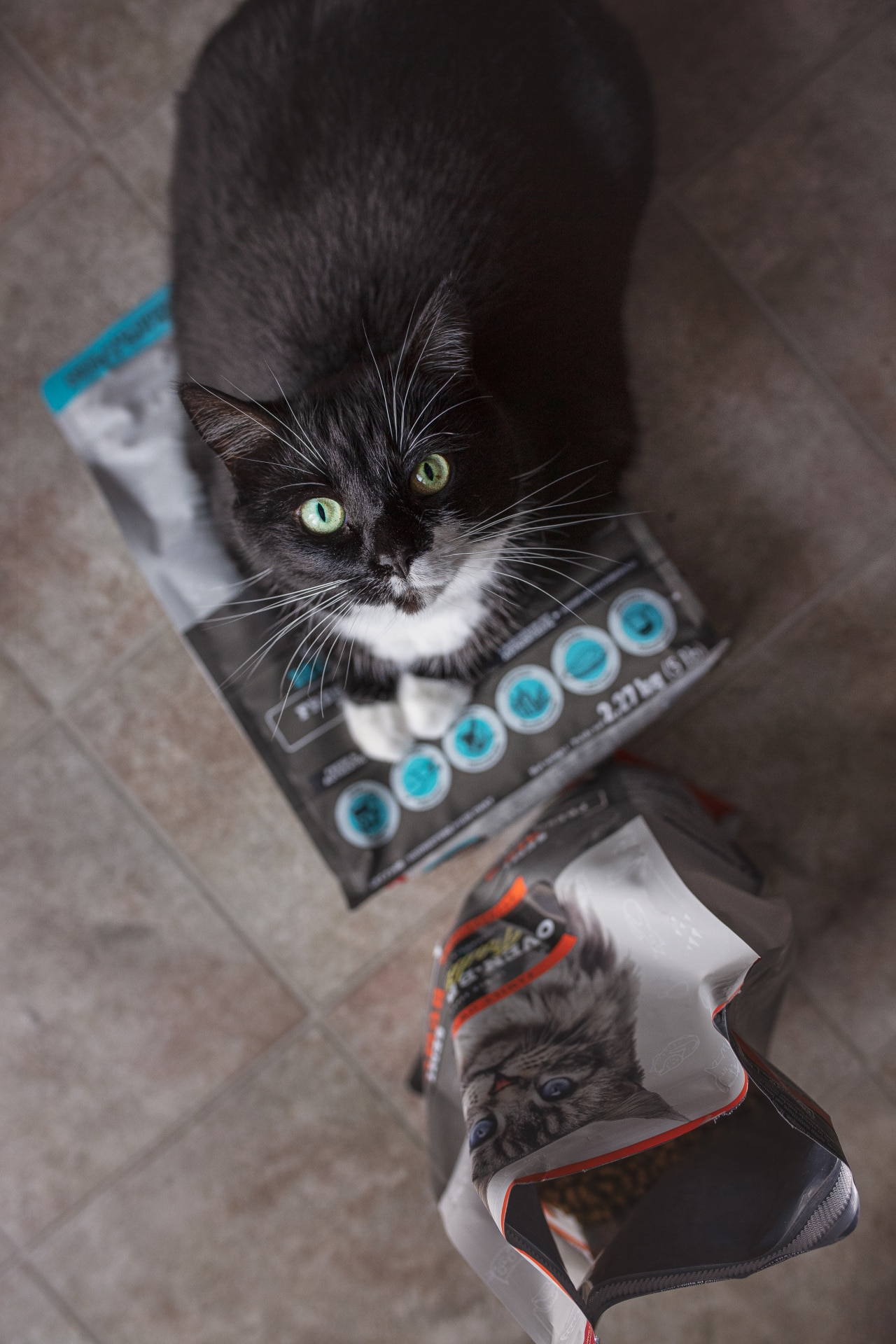1. Did you know how fast a cat can run? 50 kilometres per hour! That is a lot faster than dogs which can run at about 32 kilometers per hour. Of course, these are averages: Greyhounds are a lot faster than the average dog, twice as fast to be exact, while toy breeds such as pugs can run at about 15 kilometers per hour, maximum. But on average, a cat can outrun a dog. This is good news to our feline friends!
2. All kittens from a litter can be from a different father. Yes, if there are 10 kitties in the mommy’s belly, they could potentially be from 10 different dads. That makes family reunions very complicated in the cat world!
3. Do you know that cats walk on their toes? Sure you did, if you had read this blogpost before: Clawed or declawed. But did you know that dogs too walk on their toes? And so do a lot of people with very tall high-heels.
4. Some cats have no tails. To be more precise, Manx cats have no tails. What are the consequences of not having a tail? Well, first, they have a harder time communicating with feline friends as a tail is a great communication tool for cats. Secondly, they also have a rough time trying to fall on their paws or do any other activities that require that they find their balance. Most importantly, it has ZERO impact on how great they are as pets.
5. Cats have free-floating bones, free-floating clavicles to be more precise. These are not tied to the cat’s skeleton. Shoulder muscles however hold them strongly. These clavicles can therefore move more freely making the cat more flexible and able to get into any openings that they can get their head into.
6. Abyssinian cats are called bunny cats because of their enormous ears. These are especially huge in kitten. Having big ears does not mean that these cats are more attentive to their owners, unfortunately.
7. Cats rub against their owners to mark their territory with the scent glands they have around their mouth. It basically means to every other cats: “This person is MINE.” Of course, if it makes you feel better you can interpret it as: “This person is MINE, because I LOVE him or her so, so much”.
8. Watching a dog eat and watching a cat eat offer two different views. Cats tend to eat more gracefully and slowly, while dogs gorge down their meals in a couple of bites. This has more to do with different physiology than different table manners. Cats cannot move their jaws horizontally to facilitate chewing; they can only open and close their mouth with their teeth directly aligned.
9. Cats’ whiskers (also called vibrissae) do not only help for navigation: they are also a great communication tool. A cat which points its whiskers forward is inquiring curiously about his environment, while a cat which points its whiskers backward is scared and not welcoming whatever is coming its way.


